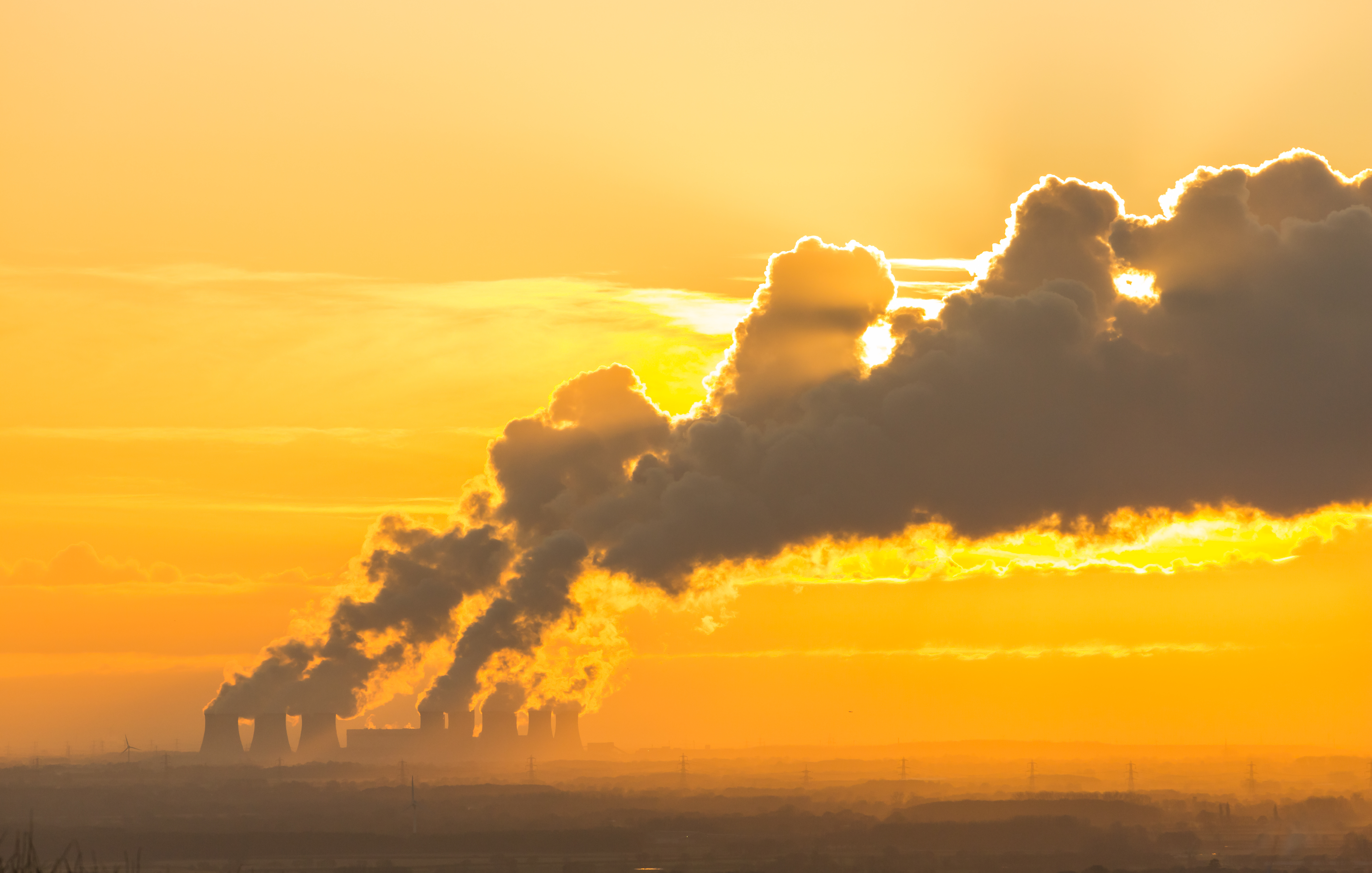Emissions reduction is the process of decreasing or minimising the release of harmful substances, particularly greenhouse gases (GHGs), into the atmosphere.
It is a critical strategy in addressing climate change and mitigating its adverse effects.
Emissions reduction primarily focuses on reducing the emission of GHGs, such as carbon dioxide (CO2), methane (CH4), nitrous oxide (N2O), and fluorinated gases.
These gases trap heat in the Earth’s atmosphere, contributing to the greenhouse effect and global warming.
To achieve emissions reduction, various approaches and measures are employed across sectors such as energy, transportation, industry, agriculture, and waste management.
Emissions reduction efforts are crucial in achieving global climate goals and limiting the rise in global temperatures.
By reducing GHG emissions, we can mitigate climate change, protect the environment, and promote a sustainable future for generations to come.
These may include:
Shifting from fossil fuels to renewable energy sources like solar, wind, hydro, and geothermal power reduces CO2 emissions associated with electricity generation.
Enhancing energy efficiency in buildings, industries, and transportation helps reduce energy consumption and the associated emissions.
Implementing techniques like precision farming, reducing methane emissions from livestock and managing fertiliser use help mitigate agricultural emissions.
Reducing waste generation, recycling, composting and employing landfill gas capture systems minimise emissions from waste disposal.
Utilising technologies to capture and store CO2 emissions from industrial processes and power plants prevents their release into the atmosphere.
Renewable Energy Certificates (RECs) are tradable instruments that represent the environmental attributes or benefits associated with the generation of renewable energy.
RECs were developed as a market-based mechanism to incentivise and promote the production of renewable energy.
It’s important to note that when a REC is purchased and retired by an entity, it ensures that the environmental benefits it represents cannot be double-counted or claimed by another party.
RECs provide a transparent and market-driven way for consumers and businesses to support renewable energy projects, even if they are not physically connected to the same grid or location where the renewable energy is generated.
A renewable energy generator, such as a solar farm, wind turbine, or hydroelectric plant, produces electricity from a renewable energy source.
The renewable energy generator is independently verified and certified by a recognised third party to ensure that it meets specific environmental and renewable energy standards.
For every megawatt-hour (MWh) of electricity generated from renewable sources, one REC is created. This REC represents the environmental and renewable attributes of that specific unit of renewable electricity.
The REC is then separated or "unbundled" from the physical electricity it represents. The electricity is sold into the grid, while the REC retains its value and can be bought and sold separately.
Energy suppliers, businesses, or individuals interested in supporting renewable energy can purchase RECs. By buying RECs, they are effectively purchasing the environmental benefits and attributes associated with renewable energy generation.
Once purchased, the buyer can claim ownership of the environmental benefits associated with the renewable energy represented by the REC. They can use these RECs to demonstrate their support for renewable energy, meet sustainability goals, or offset their carbon emissions.

Carbon capture credits, also known as carbon offset credits, are a form of tradable financial instruments designed to incentivise and support the deployment of carbon capture technologies.
They are a mechanism for reducing greenhouse gas emissions and mitigating climate change.
The concept behind carbon capture credits is to create a financial value for projects that capture and store carbon dioxide (CO2) or prevent it from being released into the atmosphere.
These projects typically involve the capture of CO2 emissions from industrial processes, such as power plants or factories, and their subsequent storage or utilisation.
The carbon capture credits system operates by assigning a certain value, usually in the form of credits or offsets, to each ton of CO2 captured and stored.
These credits can then be traded on the market, allowing entities that emit CO2 to purchase credits to offset their emissions.
By creating a financial incentive for carbon capture projects, the system aims to promote the development and implementation of technologies that can help reduce greenhouse gas emissions.
Carbon capture credits can be purchased by businesses or organisations seeking to reduce their carbon footprint and meet emission reduction targets.
They are often used as part of a broader carbon offset strategy to compensate for emissions that cannot be easily eliminated or reduced through other means.